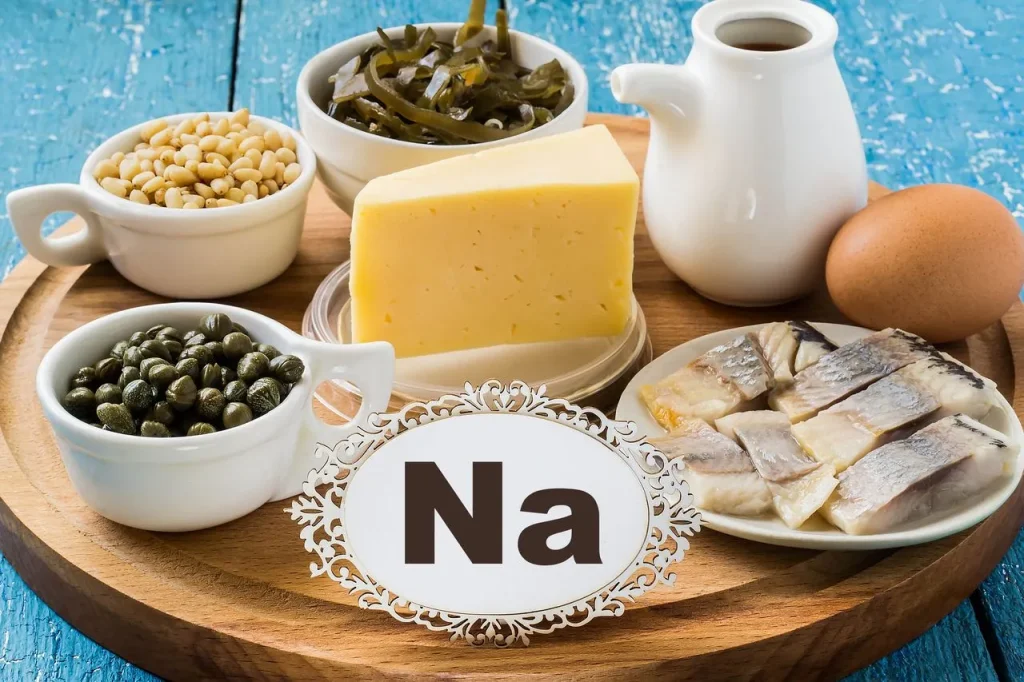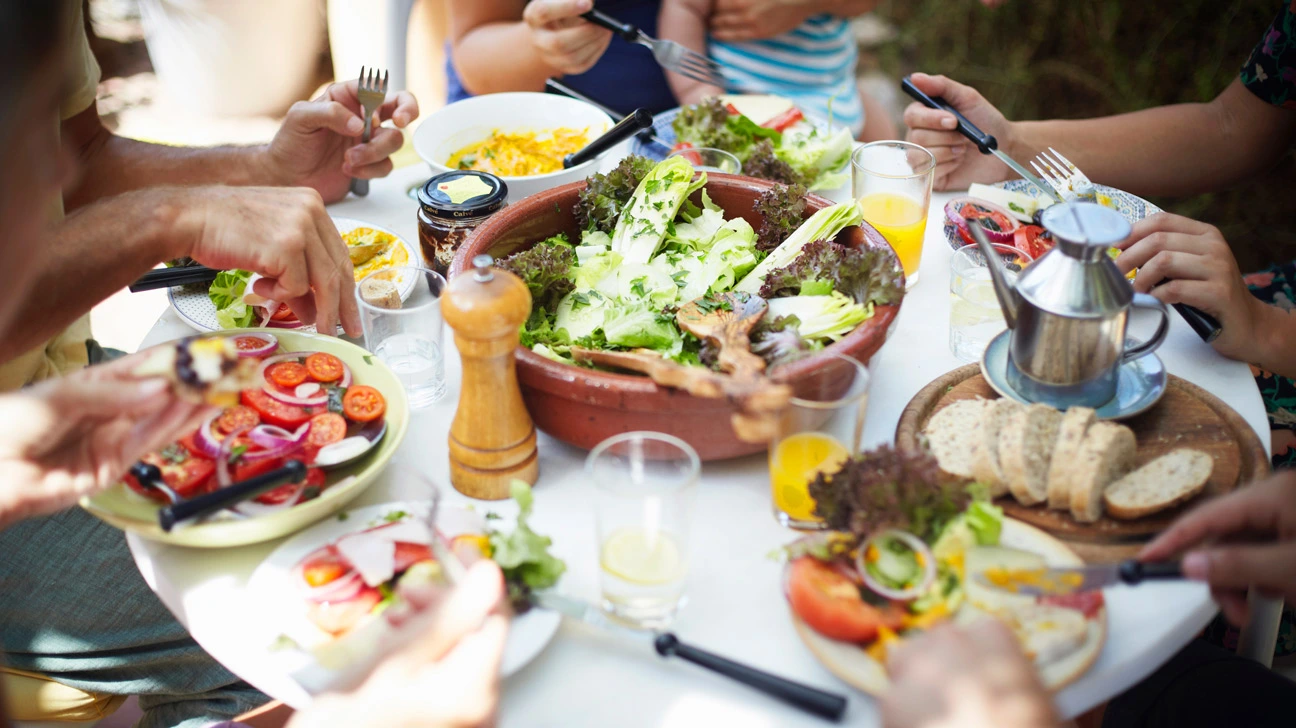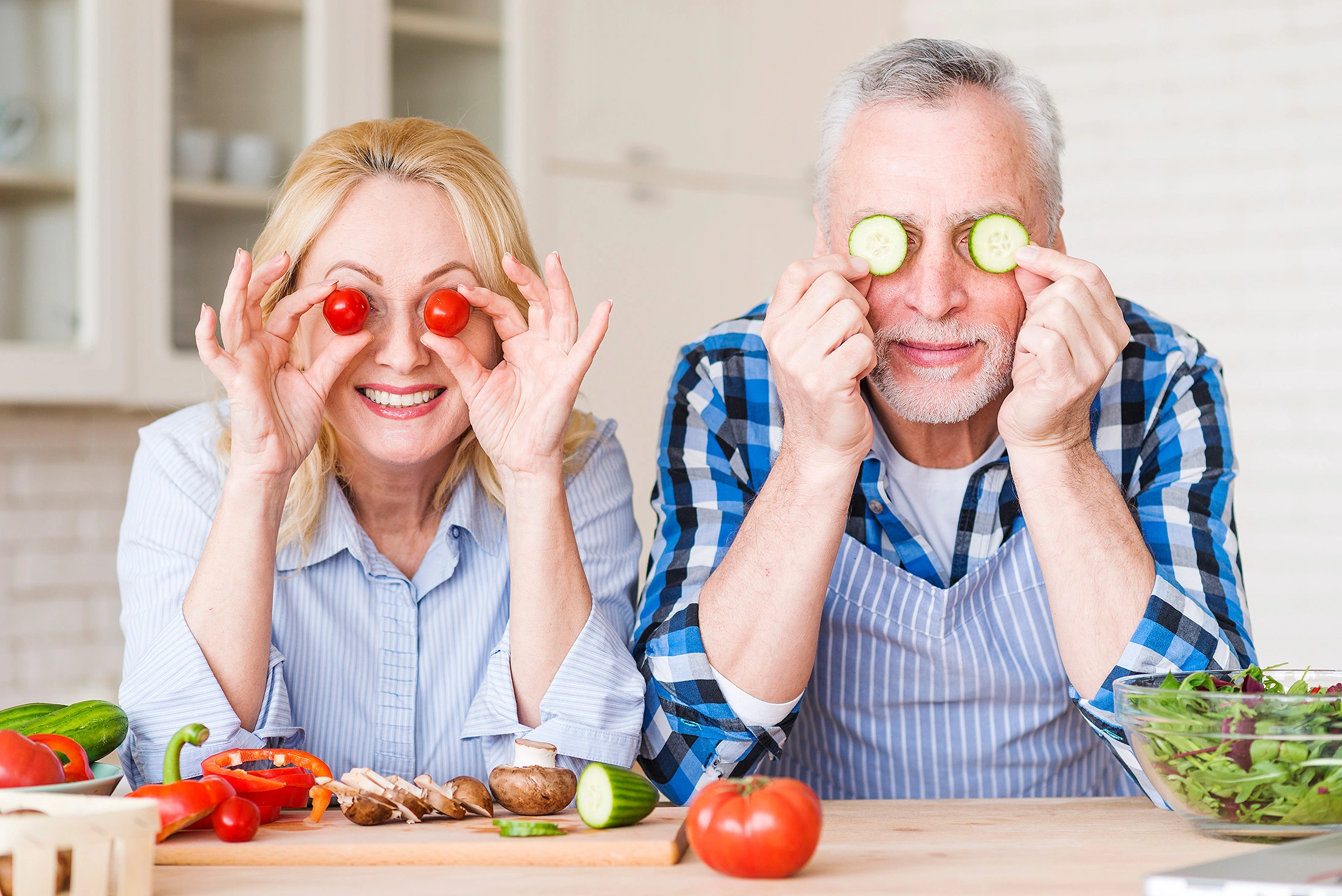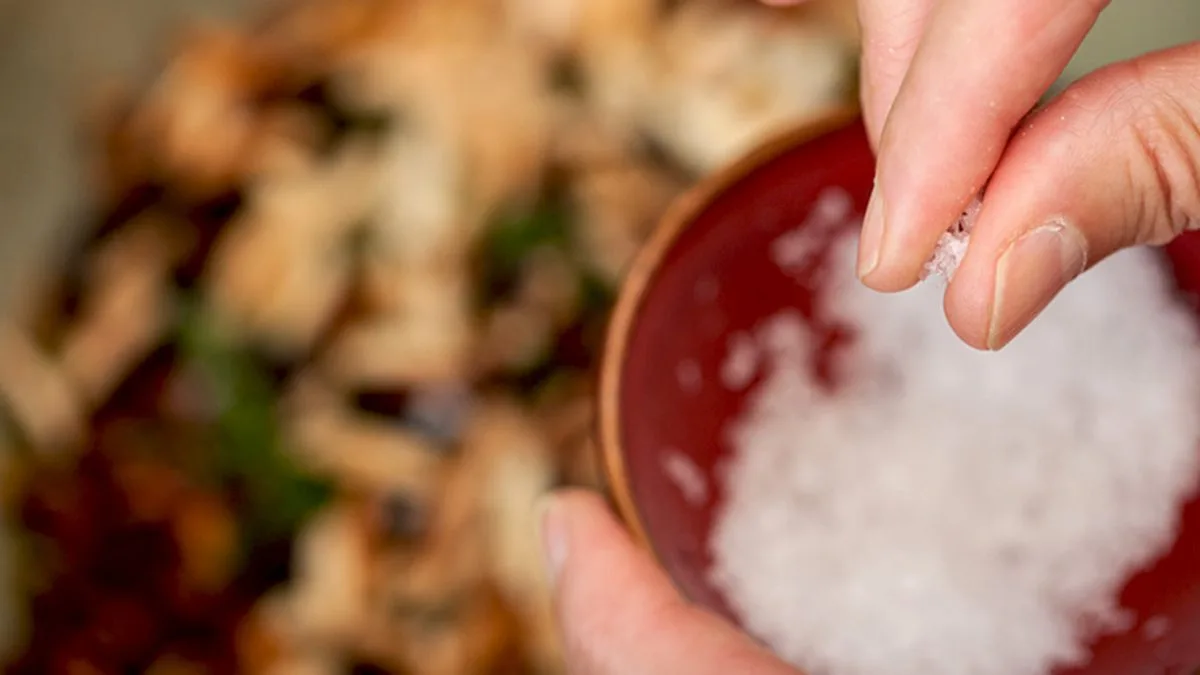
Foods to Increase Sodium Levels in Elderly | High-Sodium Meals
How to increase the level of sodium in the elderly naturally? What are foods to increase sodium levels in elderly? Sodium is an essential mineral that plays an important role in maintaining optimal health and wellness. It helps regulate blood pressure, supports proper nerve function, helps absorb and transport nutrients throughout the body, and makes you feel your best. However, as we age, our bodies may have a harder time getting the right amount of sodium, which can lead to a variety of health problems.
Therefore, it is very important to know foods to increase sodium levels in elderly, especially for those people who may struggle with low salt levels due to health problems or other reasons. In this article from the humanhealthmag, we want to know what foods are useful for increasing sodium levels in the elderly and how to naturally increase sodium levels in the elderly. The most important foods containing sodium include seafood, grains, vegetables, dairy products, frozen and processed foods.
What Is Hyponatremia?
Before introducing foods to increase sodium levels in elderly, it is better to know what hyponatremia is and what is its relationship with low sodium levels? A low sodium level means that your body doesn’t have enough of an important mineral called sodium. Sodium helps keep your body hydrated, helps your nerves work properly, and allows your muscles to move well.
Elderly people need enough sodium in their body to maintain their health. When you don’t have enough sodium in your body, you develop a condition called hyponatremia. This happens when there is not enough sodium or too much water in your blood. The normal range for sodium levels is 135 to 145 mEq/L, and hyponatremia occurs when your sodium level falls below 135 mEq/L. Symptoms of low sodium levels in the elderly include:
- Nausea
- vomit
- Headache
- Cramps or muscle weakness
- Confusion
- Seizures (in severe cases)
- Loss of energy (in severe cases)
- Coma (in severe cases)
Each senior’s response to low sodium levels may be different. Some may have only mild symptoms, while others may experience more severe symptoms. It is important for seniors to talk to a professional if they experience any of these symptoms. Early detection of low sodium levels can help prevent serious health problems. Easy to swallow foods for elderly can help them get the needed nutrients, maintain a healthy weight, and prevent choking.

What Factors Can Cause Sodium Levels to Decrease in the Elderly?
There are several factors that may cause sodium levels to drop in the elderly. This includes:
- Certain medications, such as diuretics, antidepressants, and antipsychotics
- Chronic conditions that affect the kidneys, liver, and heart
- Hormonal imbalance and low levels of thyroid hormone or cortisol
- Drinking too much water, especially without replacing sodium lost through sweat or urine
- Malnutrition and a diet low in sodium or other electrolytes
- Physical activity and excessive sweating during physical activity
- Increasing age and less efficiency of kidneys in regulating body sodium level
- Diseases that cause vomiting, diarrhea, or nausea, such as heart, lung, and kidney disease
Foods to Increase Sodium Levels in Elderly
- Cereals
Cereals are considered to be a food containing sodium. Some packaged cereals contain 300-180 mg of salt per serving. Cereals containing sodium include millet, buckwheat, rice, semolina and oats. However, homemade granola or traditional oatmeal with fresh fruit can be a healthier alternative.
- Grocery Store Cakes
Grocery store cakes and boxed cake mixes often contain sodium as a preservative. Homemade desserts can be a better option.
- Veggie burgers
Some veggie burgers can have anywhere from 400 to 500 milligrams of salt per patty.
- Pancakes
Packaged, pourable pancake mixes can contain high amounts of salt. Homemade pancakes are a healthier option.

- Some chicken breasts
Some frozen chicken breasts are brined to enhance flavor and moisture.
- Vegetable juice
The amount of sodium in vegetables is variable and increases with grilling. Each cup of vegetable juice used to prepare soup contains 450 to 500 mg of sodium. Vegetables containing sodium include spinach, beets, green beans, celery, and carrots. Cocktail contains 887 milligrams of salt per 8-ounce drink, compared to 878 milligrams for regular tomato juice. Is split pea soup good for diabetics? What do you think?
- Dairy products
Dairy products are high in sodium. In fact, dairy products are a source of calcium and vitamin D. When dairy products are processed, their salt and sodium content increase dramatically. For example, each ounce of Swiss cheese contains 60 mg of sodium. While the amount of sodium in fresh mozzarella cheese is about 175 mg. One of the popular cheeses containing protein is cottage cheese. This cheese is an excellent source of protein and contains a lot of salt. Salt in cottage cheese brings a delicious taste and acts as a preservative to take care of the texture of the cheese. It is better to know that cow’s milk has high sodium content.
- Seafood
Seafood, including fish, shrimp, seaweed, sturgeon, sardines, river carp, oysters, and crabs are rich in sodium. It is interesting to know that seasonings, spices and salts are the cause of increasing the amount of sodium in seafood. For example, in a fresh shrimp weighing 85 grams, about 101 milligrams of sodium can be found. If the same shrimp is flavored with spices and cooked or fried, its sodium content increases to 800 mg.

What Foods Should Older Adults Limit to Manage Sodium Intake?
Now that we are familiar with foods to increase sodium levels in elderly, it is better to know that there are some high-sodium meals that seniors should limit their consumption in their diet. Limiting sodium intake may be necessary for people with underlying medical conditions. To manage your sodium intake, you should avoid or limit certain foods, including:
- Processed and packaged foods: These are often high in sodium and should be limited. Examples include canned soups, frozen meals, snack foods, and processed meats.
- Salty snacks: Potato chips, pretzels, and other salty snacks are often high in sodium and should be avoided or limited.
- Condiments and sauces: Many condiments and sauces such as soy sauce, ketchup and barbecue sauce contain a lot of sodium and should be used sparingly.
- Cheese: Cheese is a high sodium food and should be balanced in its consumption.
- Pickled foods: Pickled vegetables such as pickles, sauerkraut and olives are high in sodium and should be avoided or limited.
It’s important to note that dietary restrictions should only be done under the guidance of a doctor, as some people may need a certain amount of sodium intake to manage their medical conditions.
Concluding Remarks
In this article from humanhealthmag, we talked about foods to increase sodium levels in elderly. We also introduced some foods that are high in sodium, but for some reason, they should be limited or avoided by the elderly. Sodium is an essential mineral that plays a vital role in maintaining optimal health and wellness.
Low sodium levels, or hyponatremia, can be a serious problem for the elderly and people with certain medical conditions. It is necessary to know how sodium levels increase naturally in the elderly, as well as ways to increase sodium levels in the body through diet and other methods. To manage sodium intake, certain foods must be avoided or limited, and it is important to determine the appropriate level of sodium intake for your medical condition with the guidance of a physician. If you notice symptoms of low sodium levels, do not hesitate to seek medical advice.

FAQs
Why Is It Important to Maintain Proper Sodium Levels in Older Adults?
Sodium is an essential mineral that plays an important role in regulating blood pressure, supporting proper nerve function, and helping to absorb and transport nutrients throughout the body. Low sodium levels, or hyponatremia, can lead to a variety of health problems, especially for older adults who may struggle with low salt levels due to health problems or other reasons.
Are There Any Natural Supplements That Can Help Raise Sodium Levels in the Elderly?
While there are supplements available on the market, it is important to consult a physician before taking any supplement to increase sodium levels. Too much sodium can lead to health problems such as high blood pressure, and supplements may interact with other medications.
Can Increased Sodium Levels in the Elderly Lead to Health Problems?
While sodium is essential for maintaining proper body function, consuming too much sodium can lead to health problems such as high blood pressure, heart disease, and stroke. It is important to consult with a professional to determine the appropriate level of sodium intake for individual needs.
What Are Some Medical Conditions That Can Lead to Low Sodium Levels in Older Adults?
Heart failure, liver disease, kidney disease and some medications such as diuretics. It is important for people with these conditions to work closely with their doctor to manage sodium intake and maintain optimal health.
